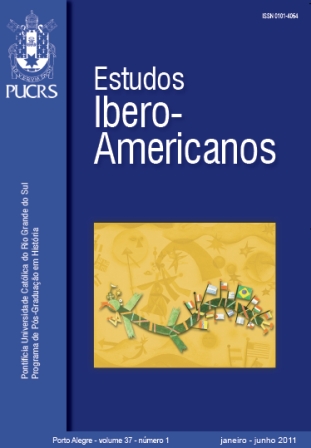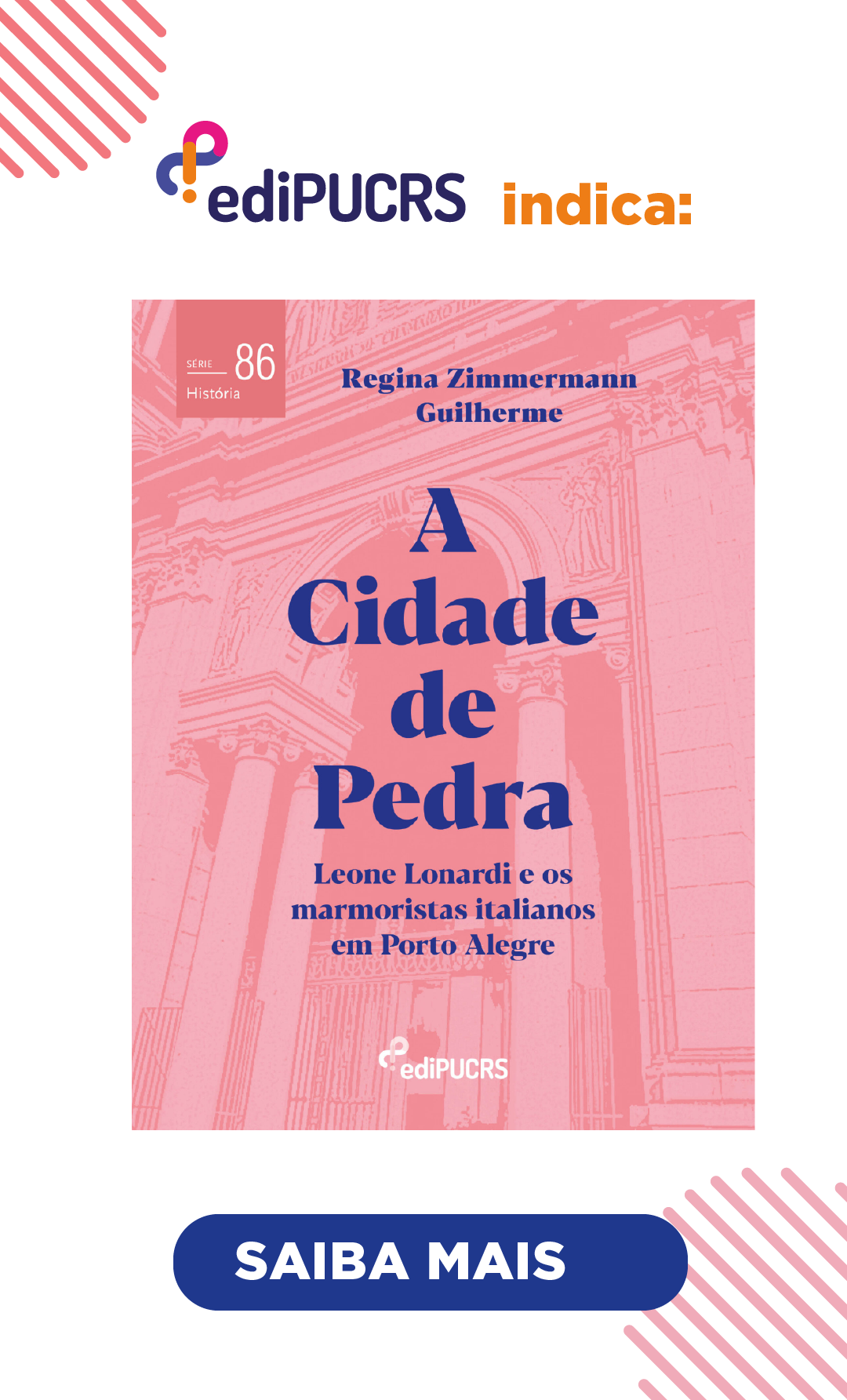Fruit geography in Chile and Cuyo (1700-1850)
DOI:
https://doi.org/10.15448/1980-864X.2011.1.6765Keywords:
Fruit production, Intensive agriculture, Chilean economic historyAbstract
Different from other regions of the Spanish Empire, the kingdom of Chile developed an intensive agriculture that included fruit production. The article discusses which, where, and how intense different species were cultivated. Four main regions were examined: North, Center, South and East (Argentina’s Cuyo province). Twenty species were investigated in these jurisdictions: pomes (apple, pear, and quince), stone fruit (peach, apricot, plum, tart cherry, and sweet cherry), nuts (walnut, almond, and chestnut), citrus (orange, lemon, citron, and lime), and others such as olive, fig, passion fruit, lucuma, and cherimoya. A database with more than 190,000 fruit species were elaborated from goods inventories and other notary and judges archives. Subsequently, geographical mapping of these species were elaborated.Downloads
Downloads
Published
How to Cite
Issue
Section
License
Copyright
The submission of originals to Estudos Ibero-Americanos implies the transfer by the authors of the right for publication. Authors retain copyright and grant the journal right of first publication. If the authors wish to include the same data into another publication, they must cite Estudos Ibero-Americanos as the site of original publication.
Creative Commons License
Except where otherwise specified, material published in this journal is licensed under a Creative Commons Attribution 4.0 International license, which allows unrestricted use, distribution and reproduction in any medium, provided the original publication is correctly cited.






